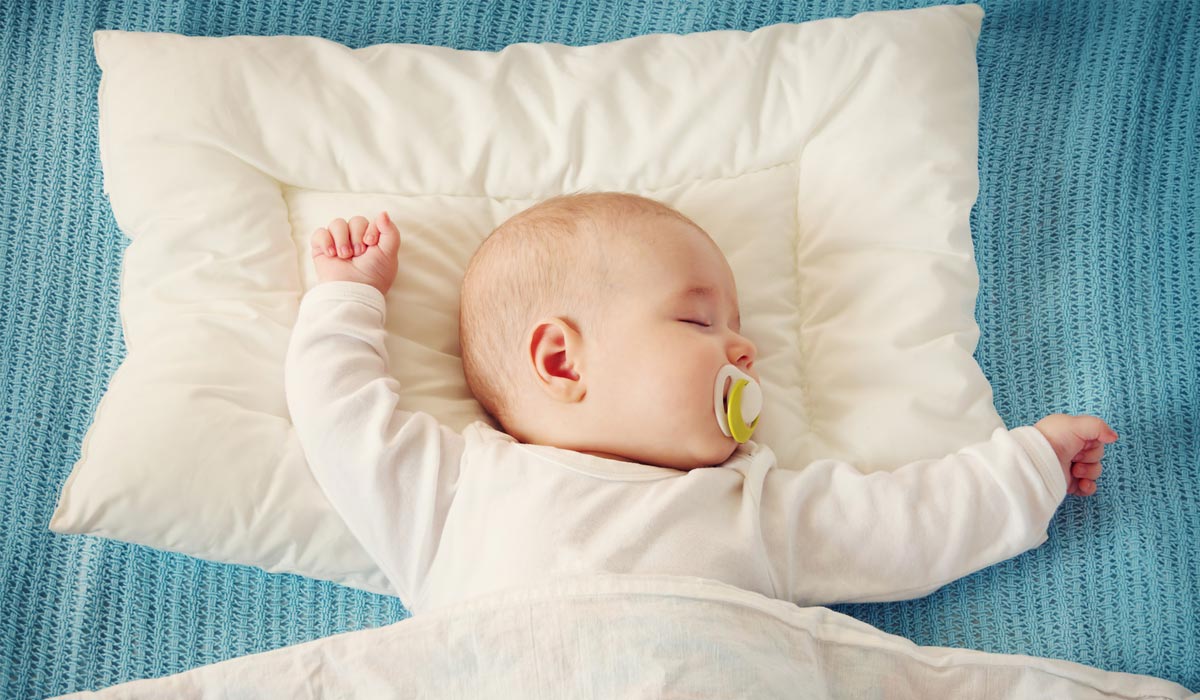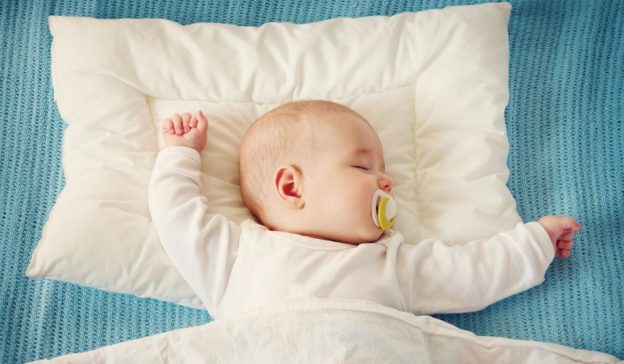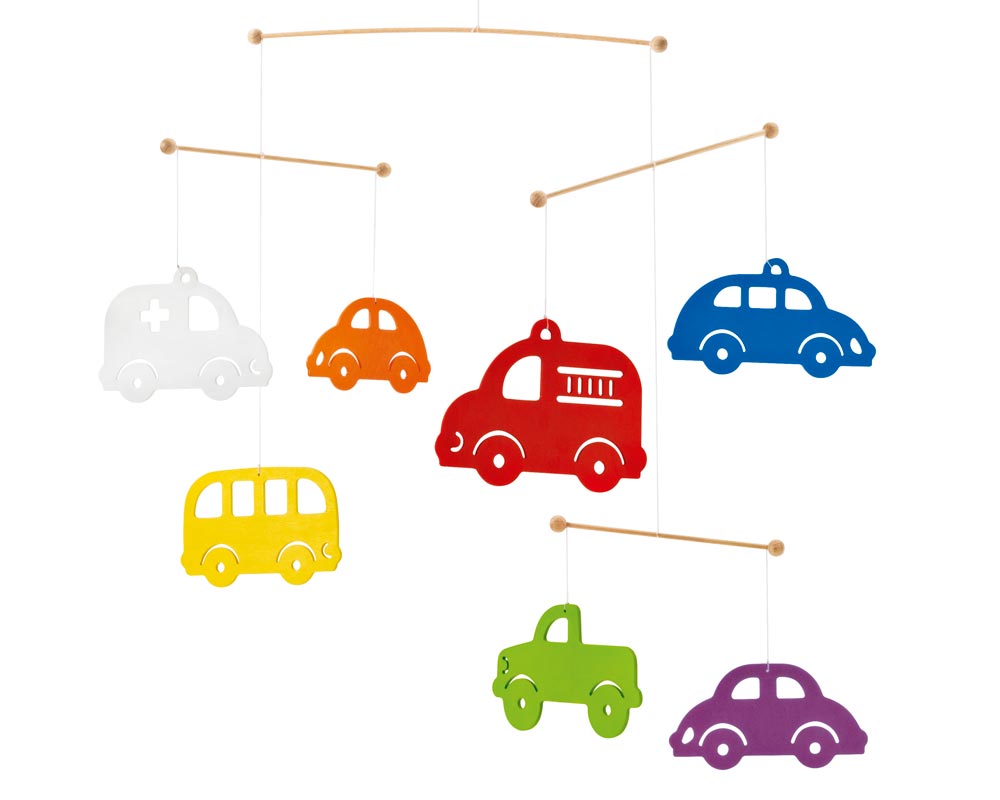There are few topics that worry parents as much as their child’s sleep and the ideal conditions for sleeping. The way your baby or child sleeps—whether for a long time or a short one, and whether they are a night owl or an early bird—is essentially predetermined: we cannot teach babies to sleep because in many respects this is a process of maturing which takes place at different speeds in different children. By providing suitable conditions we can, however, create a relaxing atmosphere in which the child can be peaceful and learn to experience sleep as positive and refreshing, instead of seeing it as a chore that they must be forced to complete and against which they rebel.

The right sleep environment for your baby must first of all meet their basic needs. Fundamental to this is fulfilling the need for security: unlike us adults, babies do not know that their home is safe from wild animals and other external influences. They still operate according to a ‘Stone Age programme’ which tells them that they are only safe from all potential danger when they are in the protective proximity of their caregivers. Therefore, sleeping close to their parents (in the parents’ bed or in a cot next to it) is especially soothing for them. Babies wake up frequently in the night to check whether this protection is still there, and also because they need food owing to their rapidly growing brains. Waking up like this prevents babies from falling into excessively deep sleep phases from which they would find it harder to awake because they are not yet fully developed. The fact that babies wake up in the night is therefore normal and serves a purpose. If a place near the parents is chosen for the baby to sleep in, the advantage for us adults is that we can wake up faster and also get back to sleep again faster. For this reason, physical proximity is an important criterion for a good sleep environment.
Recommendations for preventing sudden infant death syndrome also suggest allowing babies to sleep in their parents’ rooms. According to research, breastfeeding serves a protective function as well, as does parents abstaining from nicotine, alcohol, other drugs and sleeping pills, not sleeping on unsuitable surfaces such as water beds or sofas into which a baby could sink, and not allowing babies to sleep on their fronts. Generally speaking, the bedroom should not be overheated, but well ventilated; this also improves quality of sleep in adults.
The design of the sleeping environment determines the baby’s sleep
Besides these factors relating to physical health, there are certain design ideas you can put into practice to create a good sleeping environment: from the beginning, the child should recognise their bed as a relaxing place to sleep, the primary purpose of which is not play, but rest. We can encourage this through design choices, so that the sleep environment has a restful colour palette and is not a place for excitement or games. The eyes and hands can relax here. Songs may be sung to the baby, they may be told stories and stroked, but there is no more tussling, tickling or frolicking. Particularly in the early years, toys should be introduced into this environment with caution; for small children, a single cuddly toy or comfort object is enough. Later on, it might make sense to place other playthings by the bed after the child has fallen asleep, so that they have something to occupy them in the morning if they are prone to waking up early and then looking for things to keep them busy.
Our own attitudes as parents also influence the place of sleep: are we relaxed and at peace ourselves, or do we breath heavily and rapidly because we want to get up again in a hurry? Are we harsh and dismissive with the child because they should be going to sleep, or do we help them to sleep with gentle words and positive feelings? The emotional atmosphere we create is no less important than the design of the physical environment. All these factors combine to create a good place for the baby to sleep in.
This is an article by our guest writer Susanne Mierau. She is the mother of three children, a trained educationalist (specialising in infant pedagogics), a family counsellor and the editor of the online magazine geborgen-wachsen.de (‘Growing Up Safely’), as well as the author of guides on the topic of living with babies and small children.





